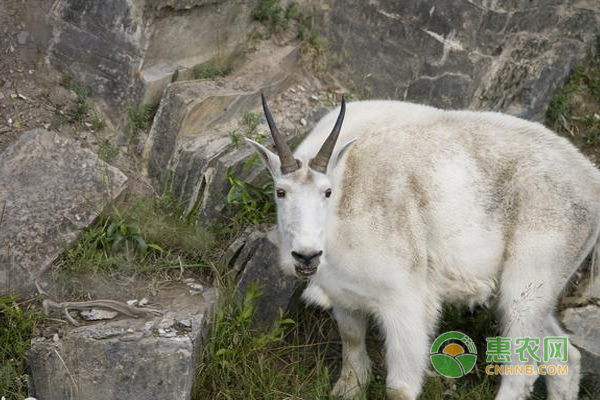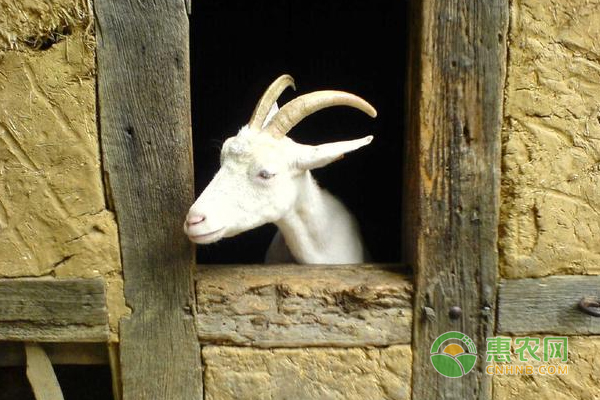With the rapid development of society, the living standards of residents continue to increase, consumers are increasingly demanding animal products, and the quality of meat products is becoming higher and higher. The market demand for mutton products is increasing day by day, which has led to the rapid development of the sheep breeding industry. Since the 21st century, the sheep-raising model has become more and more large-scale under the continuous promotion and application of the government, and the requirements for sheep farming technology are getting higher and higher. So how do we improve our sheep farming skills? Follow the small series of Hui Nong. Look at the accurate sheep breeding management and disease prevention focus!

Sheep-raising skills: feeding management and disease prevention focus
1 Causes of sheep disease
1.1 Growing environment Unsanitary growth environment is the main way to cause disease in sheep. First, the inferior growth environment will reduce the immunity of the animal's body and damage the metabolism. Secondly, the huge changes in the external environment will cause the animals to become unsuitable and unresponsive, and the animals' bodies and behaviors will be abnormal.
1.2 Poor management due to blind use of drugs, incomplete farming facilities, poor management methods and other factors of poor management can lead to animal diseases. Due to the lack of experience of management personnel, abnormal conditions cannot be discovered in time; in the event of animal disease, the timely use of drugs can not be used to control the spread, which will bring more serious damage to the animals; the disinfection work of the sheep house and the disposal of garbage will also increase the animals. The chance of infection.
2 common sheep disease types
2.1 The cold caused the invasion of the bacteria due to the poor immunity of the newly born lamb. In order to prevent a cold, after the ewes are delivered, the mucus on the lamb is dried in time and placed in a warm house. It is forbidden to leave the house outside the 10th day of the lamb to prevent a cold. For colds, treatment with aminopyrine should be used.
2.2 Lamb dysentery Lamb dysentery is the lamb born in 7 days old. The main symptoms are manifestations of no milk, diarrhea, and changes in stool color. If the color of the stool is red, it means that the disease is serious and the lamb will die very quickly. Treatment of lamb dysentery should be treated with chloramphenicol.

2.3 White muscle disease White disease caused by lack of VE and selenium can cause skeletal muscle and myocardial deformation in the lamb, and even myocardial necrosis or dyskinesia. For the prevention and treatment of such diseases, sodium selenite solution can be used for treatment.
3 sheep breeding management and preventive measures
3.1 The scientific nature of the site selection and the rationality of the arrangement The site selection of the livestock farm should be scientific. First, it is necessary to combine the geographical and climatic conditions to select the environment most suitable for animal growth; secondly, the suitability of temperature and humidity, ventilation and The light is suitable, otherwise it will easily breed bacteria and cause the disease of the animal.
3.2 Strengthening the supervision and attention of quarantine work In the breeding process, the principle of prevention and prevention should be adopted. It is necessary to strengthen the quarantine of animal diseases, vaccinate animals in a timely manner, detect abnormal conditions in time, and improve the ability of animals to resist diseases.
3.3 Regular disinfection of farms Regularly disinfect the living environment of animals to eliminate all possible factors such as parasites and infectious diseases. A combination of chemical disinfection, physical disinfection and biological disinfection. Chemical disinfection Try to use chemical agents to eliminate pathogens such as formalin, bleaching powder, sodium hydroxide, etc. Physical disinfection refers to the use of light, heat and physical methods such as direct sunlight, ultraviolet radiation and so on. Biological disinfection refers to the sealing and fermentation of excreta, and the elimination of parasites during childbirth by the heat generated.

3.4 Paying Attention to Sheep's Disease Work As the scale of farms continues to expand, sheep farming is becoming more and more dense, increasing the spread of infectious diseases. Therefore, we must do a good job in the disease prevention of sheep. Buying quality-passed vaccines, conducting scientific and rational immunization; paying attention to the prevention and treatment of parasitic diseases of sheep, regularly deworming and disinfecting; in case of disease, timely isolation and harmless treatment of dead sheep.
3.5 Measures to increase the reproductive rate of sheep
(1) In the process of breeding sheep, it is necessary to prevent the phenomenon of inbreeding in the flock.
(2) Protect the ewes of the pregnancy from abortion caused by a collision or startle.
(3) Enhance the physical quality of the sheep and supplement the vitamins needed by the sheep by seasoning supplements.
(4) Optimize the design of the pens. Avoid the occurrence of squeezing when the sheep enter and exit.
(5) Control the proportion of the flock. The ram and the ewes should have a proper proportion to avoid the fight of the ram.
(6) Timely discovery of ewes in the ewes that are not pregnant, and timely treatment, less ewes empty.
Everyone knows that mutton nourishes health, and is also a very popular meat product in daily life. Farmers can make a fortune for you, and produce high-quality sheep. The above-mentioned sheep breeding skills management and disease prevention focus are quickly collected!
Antifungal drug: A drug used to treat fungal infections(antimicrobial drugs).
Examples of antifungal drugs include miconazole and clotrimazole.
An antifungal medication is a pharmaceutical fungicide used to treat and prevent mycoses such as athlete's foot, ringworm, candidiasis (thrush), serious systemic infections such as cryptococcal meningitis, and others. Such drugs are usually obtained by a doctor's prescription, but a few are available OTC (over-the-counter).
Antifungal Drugs,Griseofulvin Drugs,Clotrimazole Drugs
NOUVASANT GROUP LTD. , https://www.nouvasant.com